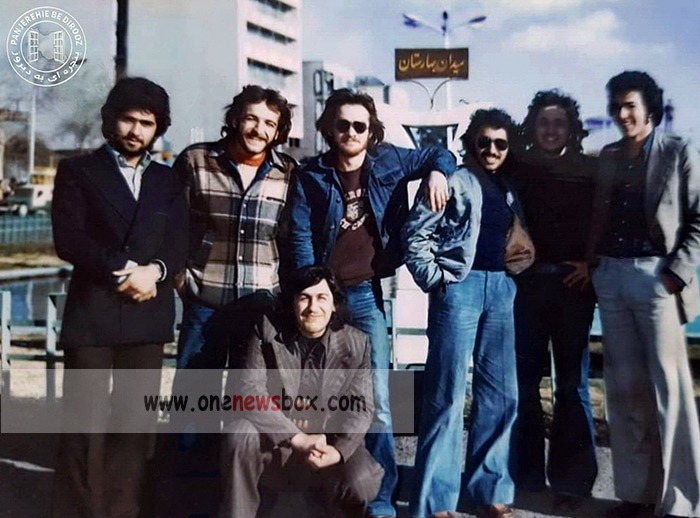One of the most fascinating developments of the 1950s and later decades was the rise of small media—informal channels of communication outside state control.
-
Cassettes: Religious sermons, particularly those of Imam Khomeini, were recorded and distributed across the country.
-
Pamphlets and Announcements: Nationalist, socialist, and religious groups spread their messages through printed materials.
-
Word of Mouth: In a largely oral culture, personal networks of trust were crucial for circulating alternative narratives.
These tools created a polyphonic cultural space in which multiple voices coexisted, often in conflict with the state. Unlike official mass media, small media empowered marginalized groups and fostered a sense of resistance.
Theoretical Framework: Bourdieu’s Field of Cultural Production
To analyze these dynamics, Pierre Bourdieu’s concept of the field of cultural production is highly relevant. According to Bourdieu:
-
Social action occurs at the intersection of agents (actors) and structures (institutions, norms).
-
The field of cultural production is characterized by conflict, regularity, and competition over different forms of capital (economic, social, cultural, symbolic).
-
Cultural spaces are inherently conflictual, shaped by struggles between competing actors with divergent interests.

